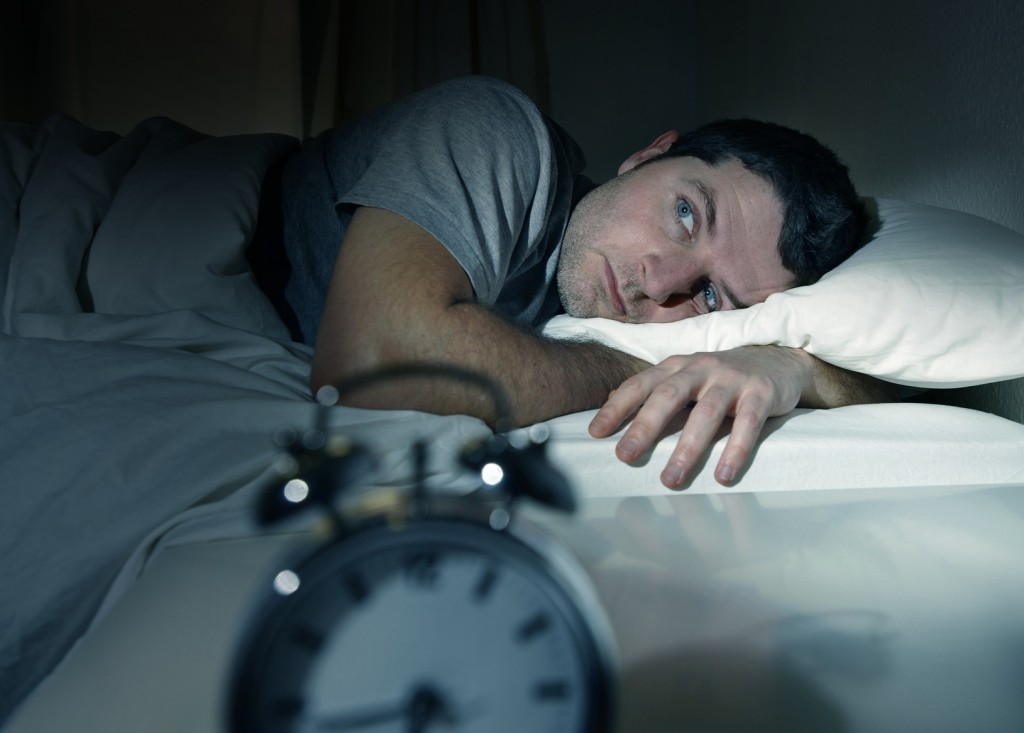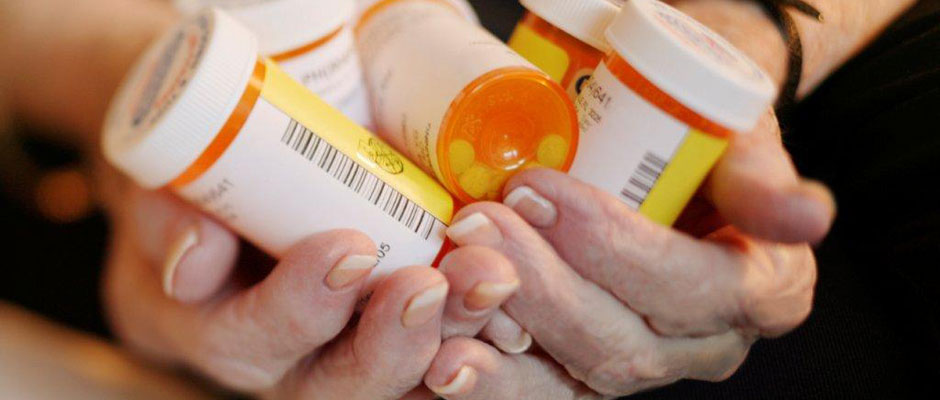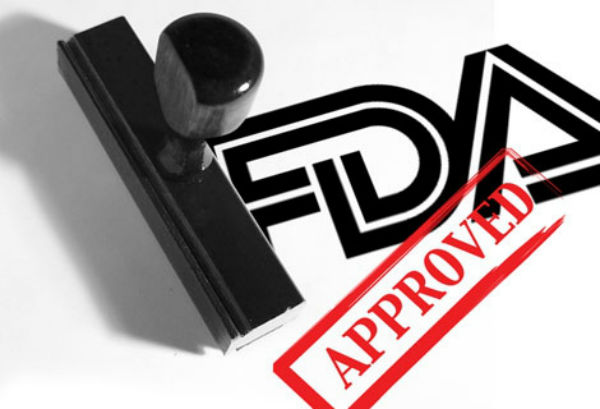Personalized Medicine
Pharmaco-EEG: A Study of Individualized Medicine in Clinical Practice
Ronald J. Swatzyna, Gerald P. Kozlowski, and Jay D. Tarnow
Abstract
Pharmaco-electroencephalography (Pharmaco-EEG) studies using clinical EEG and quantitative EEG (qEEG) technologies have existed for more than 4 decades. This is a promising area that could improve psychotropic intervention using neurological data. One of the objectives in our clinical practice has been to collect EEG and quantitative EEG (qEEG) data. In the past 5 years, we have identified a subset of refractory cases (n = 386) found to contain commonalities of a small number of electrophysiological features in the following diagnostic categories: mood, anxiety, autistic spectrum, and attention deficit disorders, Four abnormalities were noted in the majority of medication failure cases and these abnormalities did not appear to significantly align with their diagnoses. Those were the following: encephalopathy, focal slowing, beta spindles, and transient discharges. To analyze the relationship noted, they were tested for association with the assigned diagnoses. Fisher’s exact test and binary logistics regression found very little (6%) association between particular EEG/qEEG abnormalities and diagnoses. Findings from studies of this type suggest that EEG/qEEG provides individualized understanding of pharmacotherapy failures and has the potential to improve medication selection.
FDA Approval of EEG Aid for ADHD
There has been a lot of discussion since the FDA announced approving a new medical device just approved to assist in the diagnosis of ADHD in children and adolescents. “The device, the Neuropsychiatric EEG-Based Assessment Aid (NEBA) System, is based on electroencephalogram technology, which records different kinds of electrical impulses given off by neurons in the brain and the number of times the impulses are given off each second. The NEBA System is a 15- to 20-minute noninvasive test that calculates the ratio of two standard brain-wave frequencies, known as theta and beta waves; the ratio has been shown to be higher in children and adolescents with ADHD than in those without it, according to FDA” (http://alert.psychiatricnews.org/2013/07/ fda-approves-device-to-help-diagnose.html). However, the use of this technology to assist in the diagnosis of ADHD is not new.
David Rabiner, Ph.D. (Senior Research Scientist, Duke University) published a report (Attention Research Update April 2001) titled “New Support for the Use of qEEG scanning in Diagnosing ADHD” (http://www.helpforadd.com/2001/april.htm). This report acknowledged utilizing the measure of the ratio of theta to beta waves in the prefrontal cortex as a marker for ADHD (ages 6-20). Therefore the technology is not new, and although the NEBA System is helping to bring scientific evidence into the realm of psychiatric diagnosis, there is more to it then has been discussed thus far.
QEEG-guided Neurofeedback: New Brain-based Individualized Evaluation and Treatment for Autism

by James Neubrander, MD, Michael Linden, PHD, Jay Gunkelman, QEEGd, and Cynthia Kerson, PHD
QEEG-guided neurofeedback is based on normalizing dysregulated brain regions that relate to specific clinical presentation. With ASD, this means that the approach is specific to each individual’s QEEG subtype patterns and presentation. The goal of neurofeedback with ASD is to correct amplitude abnormalities and balance brain functioning, while coherence neurofeedback aims to improve the connectivity and plasticity between brain regions. This tailored approach has implications that should not be underestimated. . . . Clinicians, including the authors, have had amazing results with ASD, including significant speech and communication improvements, calmer and less aggressive behavior, increased attention, better eye contact, and improved socialization. Many of our patients have been able to reduce or eliminate their medications after completion of QEEG-guided neurofeedback.
Congratulations Martijn Arns on your Phd

Dr Arns is a great friend of Bio-Medical & qEEGSupport.com and we would like to wish him congrats on his Phd!
Last Friday he defended his PhD titled: “Personalized Medicine in ADHD and Depression: A quest for EEG treatment predictors” with success!
For those of you interested, you can download a PDF of his 282 page PhD on http://www.brainclinics.com/page/5/course-calendar.html on the bottom of the page. You can also register under ‘Community’, where you can access all PDF’s of the articles and powerpoint presentations: http://www.brainclinics.com/page/11/community.html
Martijn’s dissertation far exceeds the quantity of work seen in PhD dissertations, covering a breadth and depth generally not seen from any less qualified than a full professor. His review of the literature, providing of a meta-analysis of the use of NF in ADHD lays the basis for the current level of acceptance NF in ADHD has achieved within the Neurosciences. His work also includes the prediction of medication response in ADHD and Depression, as well as the application of rTMS to depression, and an investigation into personalizing the rTMS stimulation paradigm. Seldom is such a breadth or depth of work seen in a PhD dissertation, as it generally would be too much work to finalize such an endeavor.
Martijn went back into the historic EEG literature far enough to gain insight into some of the reductionistic errors that the early days of qEEG created in our ability to understand the very nature of some of the pathologies we are currently studying. His dissertation disentangles the presence of slowed alpha from true theta rhythm, and also tests prospectively the EEG Phenotype model, integrating it with the European Vigilance model, and postulating biomarkers that predict clinical approaches.
It is easy to see why Martijn has gained such prominence in the neuromodulation field at such a young age (compared to me he is very young… but so is almost everyone else!)
Houston’s Tarnow Center offers solution for service members with PTSD
A friend of qEEGsupport.com ( Dr. Ron Swatzyna) was recently featured on a local news station in the Houston area.
HOUSTON – A Houston doctor is working on something that could help the many service members who return from the battle field suffering from post-traumatic-stress disorder.
By its own admission, The Veterans Administration has had little success treating people who are suffering from both traumatic brain injury and post traumatic stress disorder.
“They end up not having any cognitive strategies to manage the therapy, and they’ll either get out of therapy, or end their lives and that’s what’s happening,” said Dr. Ron Swatzyna, a psychotherapist, neuro-therapist, and biofeedback therapist for Houston’s Tarnow Center. “I’ve been working on this issue for about four years now.”
He said resetting the brain, lining it back up through stimulation, is the key. And by mapping the brain, he believes he can tell when the patient is ready for therapy.
“Not at the beginning. If you push them too quick that’s a problem. If they are pushed into therapy too quick,” he said.
Swatzyna said the defense department and the VA both realize more research is needed, and if he can get funding, and cooperation from a group in the Texas Medical Center, he would like to open up a research center in Houston.
Vietnam veteran Billy Miller, who one of Swatzyna’s patients, is now helping him pull it off.
“Everyone I had been to before, all 25 doctors had never had military experience, they didn’t know what I was going through,” Miller said.
Swatzyna was a captain in the Air Force, and now many believe he is the best in the country at understanding veterans.
Army soldier Joel Brasier, who suffers from TBI and PTSD, believes Swatzyna is on the right track and is hoping research will lead to better, faster treatment.
“It’s an ongoing process, but eventually they are going to make a breakthrough and get us the help we need,” Brasier said.
Full story from khou.com
International Society for Neurofeedback & Research (ISNR) 18th Annual Conference
International Society for Neurofeedback & Research (ISNR) 18th Annual Conference
Denver, Colorado Sept 30-Oct 3, 2010
![]()
ISNR invites you to their 18th Annual Conference for Health Professionals, Education Professionals, Researchers & Students. This conference offers workshops by the leading clinicians and researchers in the field of neuroscience. There will be many workshops and keynote talks on clinical as well as theoretical applications in the neuroscience field.
First Direct Evidence of Neuroplastic Changes Following Brainwave Training
The scientific and academic press is now considering Neurofeedback as one of the ways neural plasticity can be induced/enhanced. The paper below shows the NF training changing the brain’s plasticity measurably within a single feedback session.
This may not surprise too many old-time NF practitioners, except that it is now being proven with well done studies in the traditional neuroscience literature! Neurofeedback can induce changes in brain plasticity!
Jay
First Direct Evidence of Neuroplastic Changes Following Brainwave Training
ScienceDaily (Mar. 12, 2010) — Significant changes in brain plasticity have been observed following alpha brainwave training.
A pioneering collaboration between two laboratories from the University of London has provided the first evidence of neuroplastic changes occurring directly after natural brainwave training. Researchers from Goldsmiths and the Institute of Neurology have demonstrated that half an hour of voluntary control of brain rhythms is sufficient to induce a lasting shift in cortical excitability and intracortical function.
Remarkably, these after-effects are comparable in magnitude to those observed following interventions with artificial forms of brain stimulation involving magnetic or electrical pulses. The novel finding may have important implications for future non-pharmacological therapies of the brain and calls for a serious re-examination and stronger backing of research on neurofeedback, a technique which may be promising tool to modulate cerebral plasticity in a safe, painless, and natural way.
Continued at http://www.sciencedaily.com/releases/2010/03/100310114936.htm
AAPB 41st Annual Meeting : Personalized Medicine in the Age of Technology: Psychophysiology & Health
AAPB is traveling to San Diego, California for its 41st Annual Meeting. Mark your calendars for March 24-27, 2010 to attend this gathering of experts in biofeedback, neurofeedback, and applied psychophysiology. You won’t want to miss this educational event and the networking opportunities available!
We are honored to welcome several high-profile speakers, including:
- Personalized Medicine in the Age of Technology – Vilayanur S. Ramachandran, MD, PhD; Director of the Center for Brain and Cognition and Professor with the Psychology Department and Neurosciences Program at the University of California, San Diego, and Adjunct Professor of Biology at the Salk Institute
- Regeneration and Stress at Work: Strategies for Improved Employee Health – Tores Theorell, MD, PhD; Professor Emeritus at the University of Stockholm, Sweden
- An Overview of Mind Body Healing – C. Norman Shealy, MD, PhD; founder of the American Holistic Medical Association, and past president of the International Society for the Study of Subtle Energies and Energy Medicine
- Neurotherapy in the Treatment of Traumatic Brain Injury: A Physiological Hypothesis – Paul Rapp, PhD; Professor in the Department of Military and Emergency Medicine at the Uniformed Services University of the Health Sciences
Neurofeedback Demonstrated on “The Doctors”
On this episode of the Doctors Dr Michael Linden helps “Noah” with his ADD. Part 1 of this story give a bit of information about what Noahs parents have been dealing with and the struggle they face with deciding whether or not to medicate their young child.
In Part 2 you see how Noah parents learn there are alternatives to Ritalin and other drugs that may be given to their child. Learn about how Neurofeedback and EEG Brain Mapping may be able to help without the use of dangerous pharmaceutical drugs.
Dr. Linden is a Clinical Psychologist and Nationally Certified in Neurofeedback and Biofeedback. He is the director of The Attention Learning Center, which has offices located in San Juan Capistrano, Irvine and Carlsbad, California.
Dr. Linden is a regular contributor to the Journal of Neurotherapy and has been a speaker in many seminars and conferences related to ADD/ADHD and neurotherapy.



